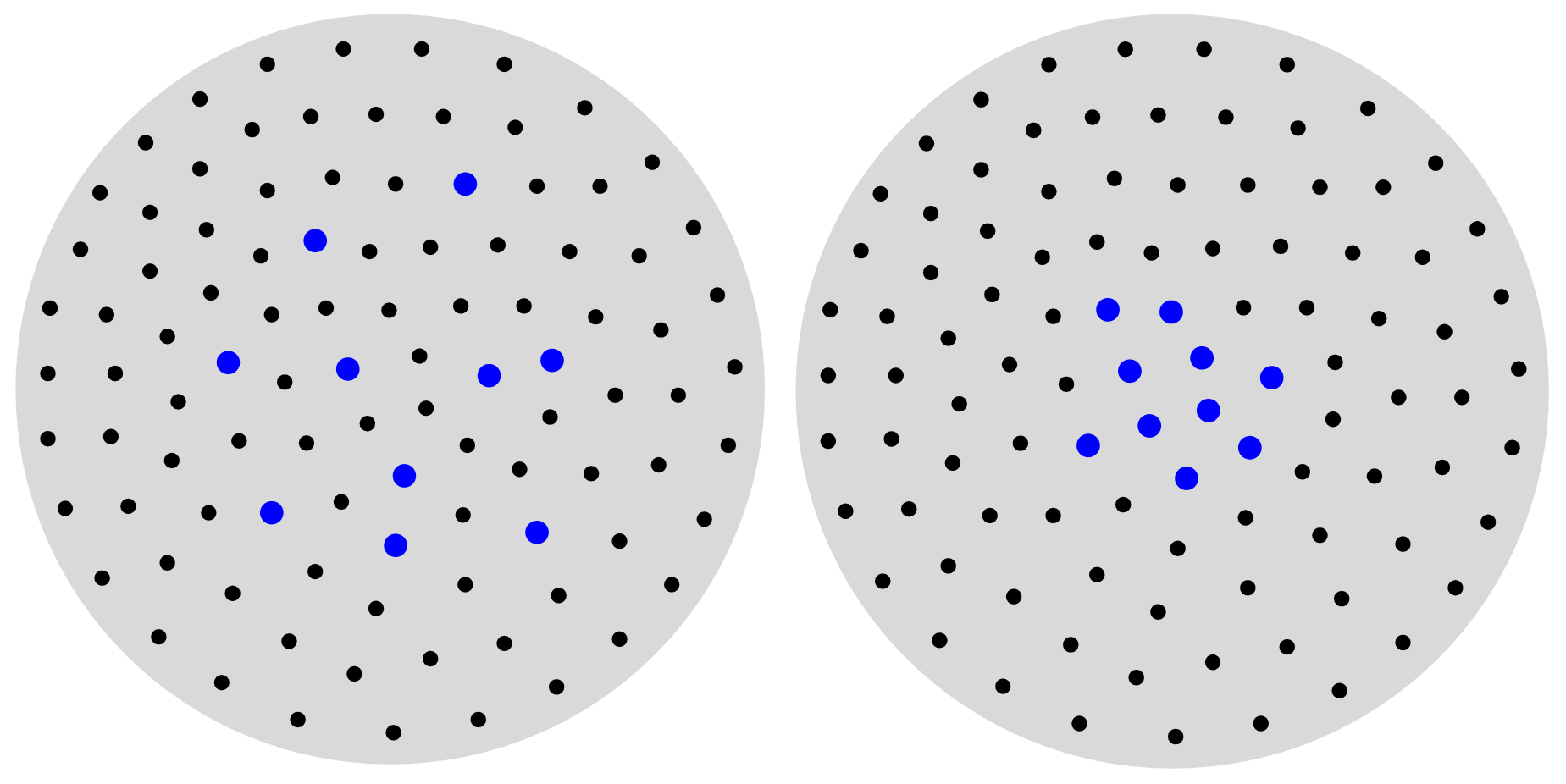
Different Microorganisms Have a Taste for Different Flavors of Ammonia
Research on ammonia-oxidizing microorganisms reshapes scientists’ perspective on those microbes’ physiology and ecological niche.

Research on ammonia-oxidizing microorganisms reshapes scientists’ perspective on those microbes’ physiology and ecological niche.

For the first time, researchers discovered magnetic order at high temperature in a metal widely used by the electronics industry.

Scientists create a genome-wide map of gene activity in bacteriophages.

Pseudomonas putida uses cheap plant biomass as a carbon source to make the precursor isoprenol.

Classical and quantum chips combine to simulate the collision of two neutrons on a present-day quantum computer.

Data from heavy ion collisions give new insight into the electromagnetic properties of quark-gluon plasma “deconfined” from protons and neutrons.

Scientists study a key reaction in X-ray bursts, shedding light on the reaction mechanisms behind thermonuclear flare-ups during these events.

The observation of a rare potassium-40 decay aids in estimating neutrinoless double-beta decay half-life and dating geological features.

Theorists propose nucleon energy-energy correlator as a probe to the gluon saturation phenomena at the future electron-ion collider.

Quantum entanglement changes in atomic nuclei in ways that differ from other systems.

Scientists develop a new method to characterize the properties of one of the four fundamental forces of nature.

Scientists test a novel design for superconducting switches in magnetic fields.